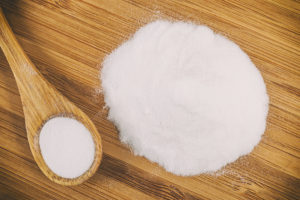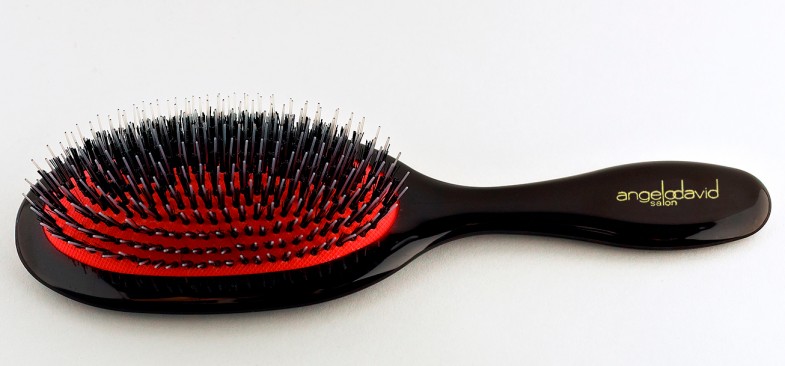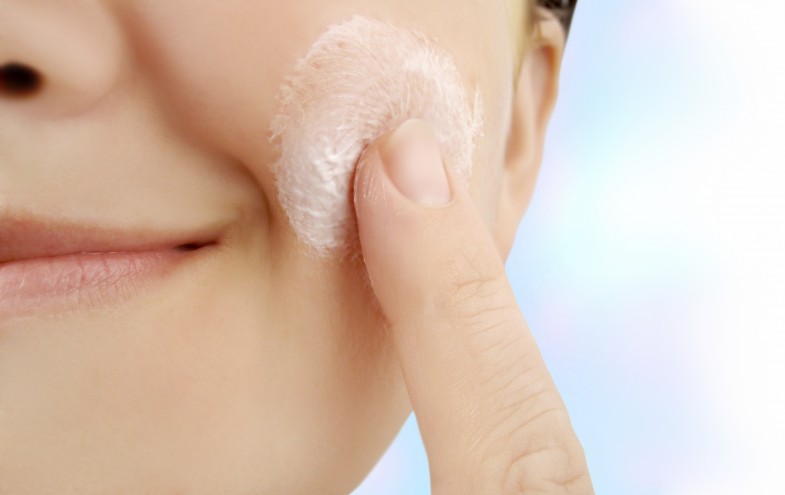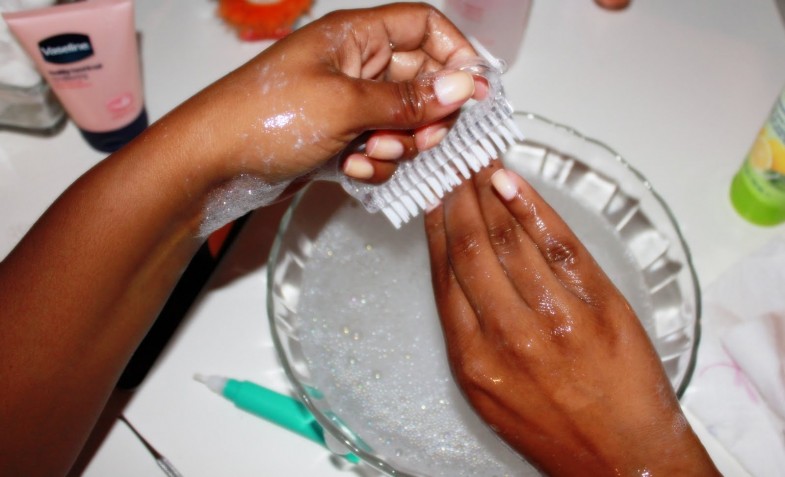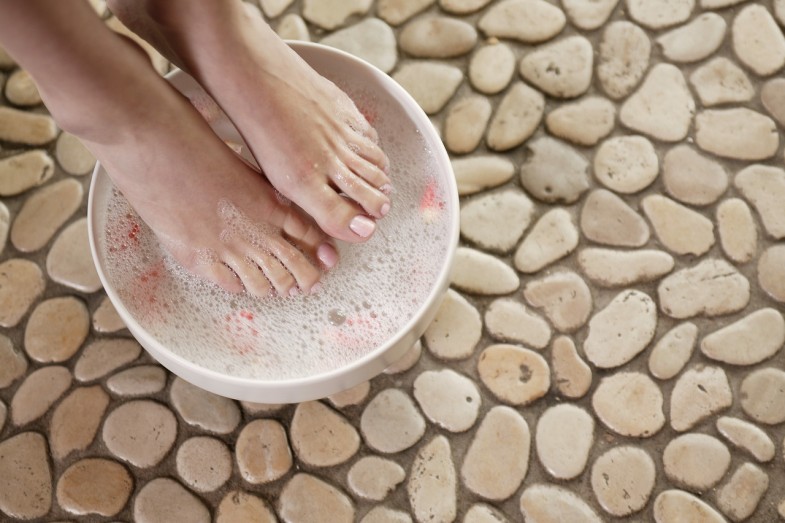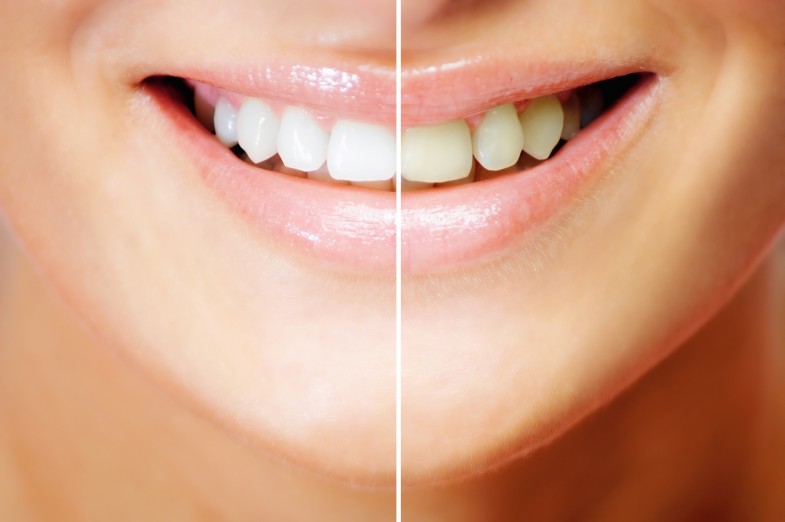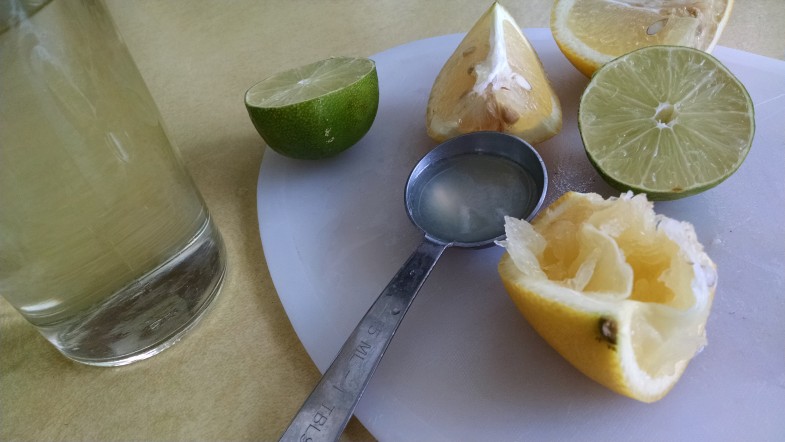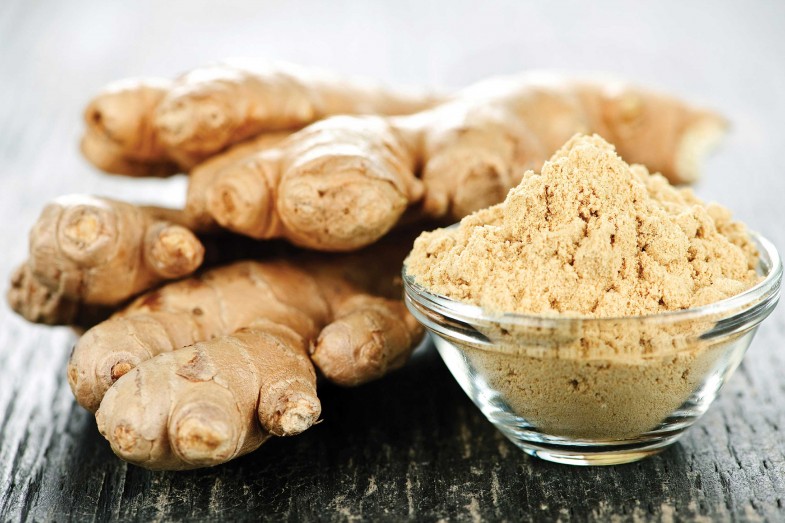
Republicans in both the House and Senate have had 7-years to create their replacement for Obamacare. From the moment, the Affordable Care Act was passed and forced upon the American people, Republicans have been saying they wanted to repeal and replace it with a better plan, but evidently, no one worked on that better plan until after last November’s election. House Republicans have voted at least half a dozen times to repeal Obamacare, over the past 6 years, but their actions were in vain as there was no way Barack Obama would ever sign a bill that repealed his flagship legislation and Republicans never had enough votes to override Obama’s appeal. Their gesture to repeal was nothing more than a gesture for their constituents and nothing more.
Yet through it all, they never worked on a replacement program. The actions of congressional Republicans remind me of millions of school kids who wait until the night before a paper is due to start writing it. The end result of those last-minute papers are about the same as the apparent results of the Republican plans (House and Senate) that have been seen so far.
Senate Democrats have offered to work with Senate Republicans to come up with a workable and acceptable replacement, but Republican leaders say all Democrats want to do is to delete what they don’t like and insert their plans, which are different than what Republicans want.
Because the current Senate version was so hastily and poorly constructed, there is not enough support, even among Republicans, to pass the measure, so a vote has been postponed until after the July 4th holiday recess. It just seems that Republicans aren’t able to concentrate and think properly.
Perhaps what they need to do is take a short nap every day to help them come up with a workable and acceptable healthcare plan?
According to a recent study conducted by the University of Colorado Boulder, taking a 15-to-20-minute nap increases learning, memory, awareness and also helps a person think more clearly. All of these are desperately needed by congressional Republicans.
A report on the study reads in part:
Studies have shown that short naps can improve awareness and productivity. You don’t need much; just 15 to 20 minutes can make a world of difference.
“According to a study from the University of Colorado Boulder discovered that children who didn’t take their afternoon nap didn’t display much joy and interest, had a higher level of anxiety, and lower problem solving skills compared to other children who napped regularly. The same goes for adults as well. Researchers with Berkeley found that adults who regularly take advantage of an afternoon nap have a better learning ability and improved memory function. Why is napping so essential? Because it gives your brain a reboot, where the short-term memory is cleared out and our brain becomes refreshed with new defragged space.”
“How long should you nap?”
“According to experts, 10 to 20 minutes is quite enough to refresh your mind and increase your energy and alertness. The sleep isn’t as deep as longer naps and you’re able to get right back at your day immediately after waking up. If you nap for 30 minutes you may deal with a 30-minute grogginess period because you wake up just as your body started entering a deeper stage of sleep. The same can be said if you sleep for an hour, but on the other hand, these 60-minute naps provide an excellent memory boost. The longest naps— lasting about 90 minutes—are recommended for those people who just don’t get enough sleep at night. Since it’s a complete sleep cycle, it can improve emotional memory and creativity.”
If only American employers would realize the significance of an afternoon power nap.
Could the solution be so simple that all Senate Republicans need is to take a 15-20-minute nap at least once a day to help them develop their replacement for Obamacare?





